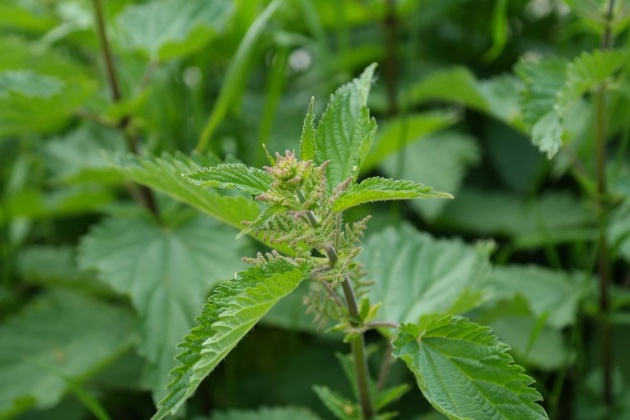
Photo Credit: Hans via Pixabay.com
Hello, guys!
The last couple of days were rainy, and typically for the spring, the weather is changing every hour. Still, the summer hasn't started fully here and since I feel a bit in a spring mood, I want to talk about one particular plant that always comes to my mind in this season. It's an extremely useful herb, indeed, and it's popular by the name of stinging nettle. The plant possesses numerous health benefits for human health as well as many other applications, and I'm quite certain there are still uses that are not well studied and confirmed.
Facts about Stinging Nettle
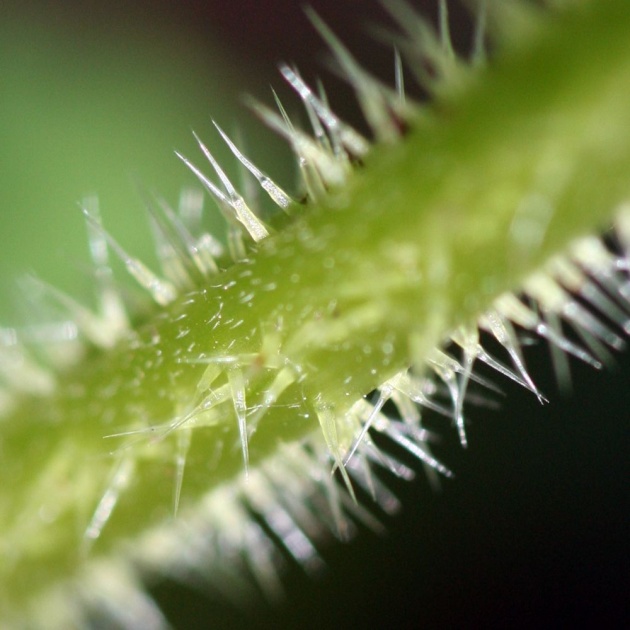
Photo Credit: Wikitionary.org
Stinging nettle is the name of a plant (herb), which people use to refer to several species of the same family. They all have similarities, of course, but for the sake of simplicity further down I'll use this to refer to any of those species or only nettle. The official title it was given to this plant according to plant classification is Urtica dioica.
Urtica dioica, often called common nettle, stinging nettle (although not all plants of this species sting) or nettle leaf, is a herbaceousperennial flowering plant in the family Urticaceae. It is native to Europe, Asia, northern Africa, and western North America, and introduced elsewhere.
The nettle is widely distributed all over the globe, and at some locations is even considered a weed, and removed to protect grass or other useful plants. It has leaves that are opposite one to another, with prolonged heart shape and ragged edges. Their color is dark green, and their size increases with the age of the plant. Nettle can reach a height of more than a meter or even two.
The Sting of the Nettle

Photo Credit: Hans via Pixabay.com
One very unique feature the nettle has is the sting. If people were in contact with the leaves of this herb, they certainly know how this feels - the skin becomes itchy, red, and the feel is quite unpleasant. The stinging of the nettle is due to little hairs at the bottom side of its leaves, which cause a reaction when in contact with a living creature, injecting formic acid. In some species, the hairs can be on the stem or the upper side of the leaves or miss at all.

Photo Credit: dimitrisvetsikas1969 via Pixabay.com
I'll not focus on the nettle that doesn't sting, but rather on the stinging species, part of the same family Urticaceae. The reason this plant needs such stinging effect is to protect from other species and survive. That is also the reason why the plant is so widely spread and available today. Rather than being dangerous if touched with bare hands, this effect could be easily removed by drying, cooking or preparing the plant for use.
Health Benefits of the Nettle
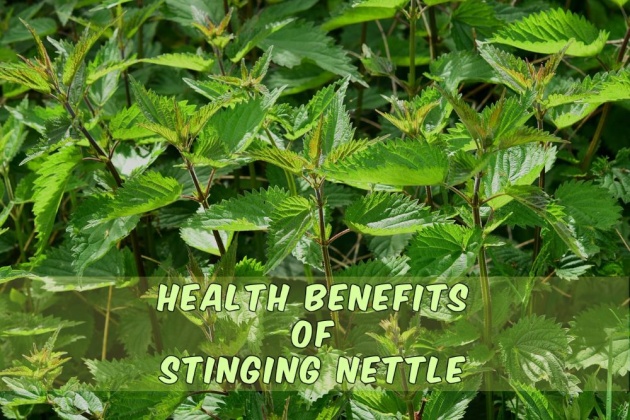
Photo Credit: sipa via Pixabay.com and edited by me
Now it's time to look at the most important part of the nettle. Why is it so beneficial to human health? Here are some of the benefits:
1. It helps for conditions like anemia and fatigue. The nettle contains a large amount of iron (1.6 mg per 100 g product) which is an important element in our bodies. Iron (Fe) is required for many processes in our bodies and is essential part pf Hemoglobin, responsible for oxygen transportation to the cells. Nettle is a fantastic natural source of iron, and it can provide us with a great dose of the necessary daily intake.
2. Nettle is used for healing or to prevent allergies, such as hayfever and seasonal allergies. The reason for this is the good amount of histamine the plant contains, which by the way is also one of the main causes for the stinging. The positive treatment of allergies was well-studied and observed in a controlled environment in many patients.
3. The stinging nettle contains the elements magnesium, potassium, calcium, which are vital elements for our health. All those are combined with vitamins, such as B vitamins, vitamin K, etc. They contribute to acquiring strength, energy, bones health, and proper functioning of the nerve and immune systems. Vitamins are needed for many of the processes performed by all systems.
4. Another use of the nettle is in cosmetics. Nettle leaves are an essential part in many cosmetic products, such as creams, shampoos, facial products. Its healing effect is known to contribute to clearing skin and protecting hair since ancient times. It helps to cure acne, skin rashes and other dermal issues. The best is to use the raw plant, but if this is not possible such products are available in the pharmacies.
5. Nettle is especially useful for females, for reducing and improving several conditions, such as menstrual pain, providing daily needs of folic acid during pregnancy, it's good for breastfeeding women. Its positive influence is visible after using for a couple of days or weeks. Besides all other benefits nettle gives to women, it affects menopause symptoms, easing the condition.
Video Credit: Nyishar via YouTube.com
How to use Nettle?
Video Credit: Shane Philip via YouTube.com
Nettle is collected in early to the middle of the spring and in rare cases in the end of the season. The best time, however, is right after the winter is over as the fresh and young plants are most helpful. It can be collected with gloves, although sometimes the stinging can go through the gloves if they are not thick enough. The collectible parts are the upper layers of leaves together with the stems, the seeds, and roots. During the other seasons, it's not the best idea to collect nettle leaves, because with growing the herb becomes tougher, not so useful and starts to produce its blossoms and seeds.
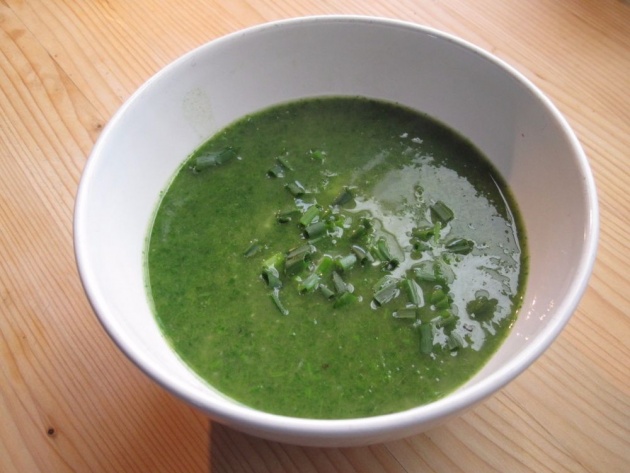
Photo Credit: SowAndSo.com
The stinging nettle can be made as a tea, used in a meal, or specially prepared as a herb. Tea is the easiest to prepare as it doesn't require any cooking experience or a special recipe. For the tea, the ingredients are dried nettle leaves and hot water. Meals can be different types according to one's taste. This could be prepared as a soup, an appetizer, a main dish, or whatever you wish depending on your imagination.

Photo Credit: MedicalMedium.com
Besides those, nettle can be used as a powder, tincture, or mixed with alcohol. It is very easy to find nettle in the wild, this is growing at a lot of places, but if this is not an option, the herb is also sold in stores/pharmacies. Another thing which is important to take care of is the proper storage of the plant so that it keeps its qualities for the longest period possible.
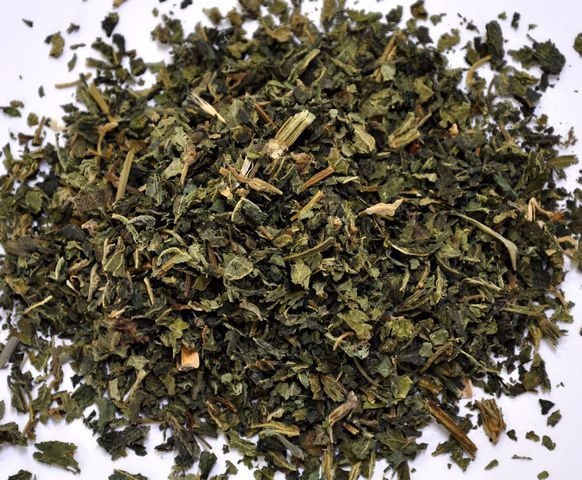
Photo Credit: BrewBrothers.biz
In some places, nettle is even produced for its amazing benefits, even if it's so common plant and available in many places. People appreciated all the benefits it provides and started growing and cultivating it. That's good news as it would be such a loss if nettle's qualities were ignored because of the stinging.
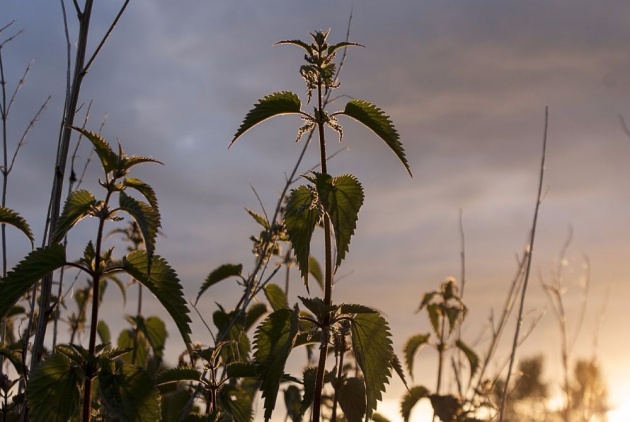
Photo Credit: Bolette via Pixabay.com
I know a lot about the health benefits of this plant because in my family it is a herb that is regularly collected, and cooked (during the season, of course). It is so popular in my region, that I've seen it growing even in the city, although I don't think these plants are clean enough with all the traffic. I highly recommend using this natural cure if not for healing, at least for prevention and maintaining great health.

Photo Credit: Kogitalnost.com
Thanks for reading! See you later!
- NinaB



